The Majestic Buffalo: A Comprehensive Guide
Buffalo are iconic creatures of both the American West and the African savanna. Although the term “buffalo” is widely used, it actually refers to three distinct species: the African buffalo (Syncerus caffer), the water buffalo (Bubalus bubalis), and the American bison (Bison bison), which is not a true buffalo. This guide explores the biology, behavior, habitat, and cultural significance of these remarkable animals.
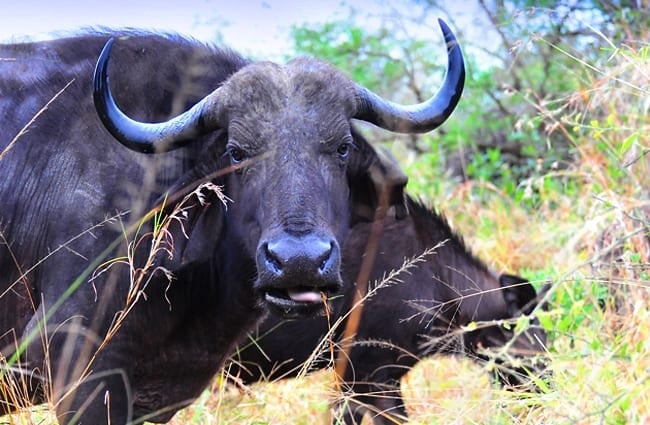
What Exactly is a Buffalo?
The term “buffalo” generally refers to the two species of Syncerus: the African buffalo (Syncerus caffer) and the water buffalo (Bubalus bubalis). The American bison, often called a buffalo, belongs to a different genus. African buffalo are found in sub‑Saharan Africa and are known for their formidable strength and unpredictable temperament. Water buffalo are native to South Asia but have spread throughout Southeast and East Asia, and they are often domesticated for agriculture. All three species are large bovids with robust builds, curved horns, and powerful physiques.
Habitat and Distribution
African buffalo thrive in a variety of habitats, from dense forests and woodlands to open grasslands and savannas. They require access to water and grazing land, and their distribution is closely linked to these resources. They are widespread across sub‑Saharan Africa, inhabiting countries such as South Africa, Tanzania, Kenya, and Zambia. Water buffalo prefer wetland environments like swamps, marshes, and river basins. They are predominantly found in South and Southeast Asia, including India, Thailand, Vietnam, and China. Their adaptability allows them to survive in diverse conditions, but habitat loss and human encroachment pose significant threats to their populations.
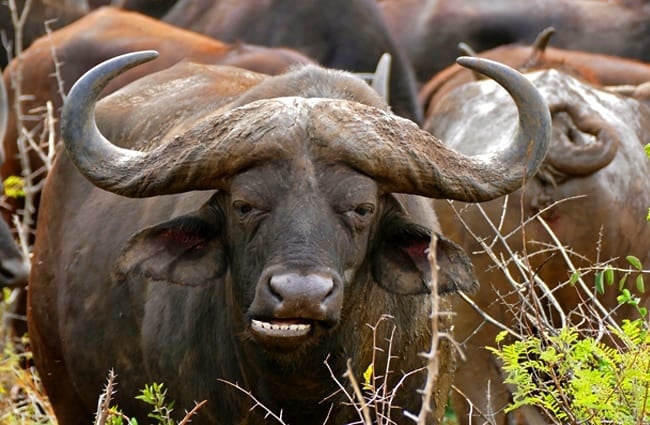
Diet and Feeding Behavior
Buffalo are herbivores, meaning their diet consists entirely of plants. They are grazers, primarily feeding on grasses, but they will also browse on leaves, shrubs, and other vegetation when available. African buffalo are selective feeders, choosing the most nutritious and palatable grasses. They often follow migrating herds, grazing on fresh growth left behind. Water buffalo also consume a wide range of vegetation, including aquatic plants, and they play a crucial role in maintaining wetland ecosystems by controlling plant growth and dispersing seeds. Buffalo are bulk feeders, consuming large quantities of food to meet their energy needs. They spend a significant portion of their day grazing, often traveling long distances in search of suitable forage.
Social Structure and Behavior
Buffalo are highly social animals, living in herds that can range from a few individuals to several hundred. African buffalo herds are typically led by a dominant bull, who maintains order and protects the group from predators. Herd cohesion is maintained through vocalizations, scent marking, and physical contact. Wild water buffalo are more flexible; they can form small groups or remain solitary, depending on resource availability and seasonal conditions. Both species display complex social behaviors, including allogrooming, play, and cooperative defense against predators. Buffalo are known for their protective instincts, readily defending their young and vulnerable members from harm.
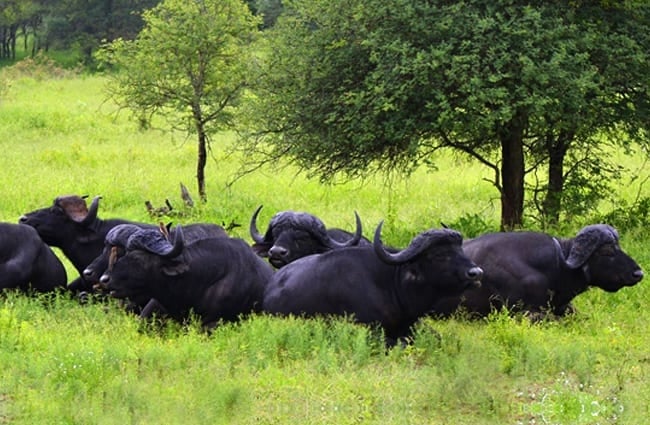
Reproduction and Life Cycle
Buffalo typically breed seasonally, with mating occurring during the rainy season when food is abundant. Gestation lasts around 11 to 12 months, resulting in the birth of a single calf. Calves are precocial, meaning they are relatively well‑developed at birth and can stand and walk within hours. They are highly dependent on their mothers for milk and protection during the first few months of life. Buffalo exhibit strong maternal bonds, with mothers fiercely protecting their calves from predators. Young buffalo remain with their herds for several years, learning essential survival skills from their elders. Buffalo can live for 20 to 30 years in the wild, with some individuals reaching even greater ages.
Ecological Role and Interactions
Buffalo play a vital role in maintaining the health and biodiversity of their ecosystems. Their grazing habits help shape vegetation communities, promoting plant diversity and preventing the dominance of any single species. They also contribute to nutrient cycling by returning organic matter to the soil through their waste. Buffalo serve as a food source for various predators, including lions, leopards, and hyenas. They often form mutualistic relationships with other animals, such as birds and insects, who benefit from their presence. For example, oxpeckers feed on ticks and other parasites that infest buffalo, providing them with a valuable cleaning service.

Buffalo and Humans
Buffalo have a long and complex history with humans. For centuries, they have been hunted for their meat, hides, and horns. In many cultures, buffalo hold symbolic and spiritual significance. Water buffalo are widely domesticated and used for agricultural purposes, providing milk, meat, and draft power. However, human activities have also negatively impacted buffalo populations. Habitat loss, poaching, and disease outbreaks have led to declines in many areas. Conservation efforts are crucial to ensure the long‑term survival of these magnificent animals.
Buffalo Conservation Status
The conservation status of buffalo varies depending on the species and region. African buffalo (Syncerus caffer) is listed as “Least Concern” by the International Union for Conservation of Nature (IUCN), although some local populations face threats from poaching and habitat fragmentation. Water buffalo (Bubalus bubalis) is generally not evaluated as a whole because the species includes a domesticated form. However, the wild water buffalo (Bubalus arnee) is classified as “Critically Endangered.” Conservation efforts include habitat protection, anti‑poaching patrols, and captive breeding programs. Community‑based initiatives are also essential, empowering local communities to manage and protect buffalo populations.

Encountering Buffalo in the Wild: Safety First
If you are fortunate enough to encounter buffalo in the wild, it is essential to maintain a safe distance and exercise caution. Buffalo are powerful and unpredictable animals, and they may attack if they feel threatened. Never approach a buffalo herd, and avoid making sudden movements or loud noises. If a buffalo charges, try to get behind a solid object such as a large tree or a boulder. Report any aggressive behavior to park rangers or wildlife authorities. Remember, respecting wildlife is crucial for both your safety and the well‑being of these magnificent creatures.
Caring for Buffalo in Captivity: A Zookeeper’s Guide
Providing care for buffalo in captivity requires specialized knowledge and careful attention to their needs. Buffalo require large enclosures with ample grazing space, access to clean water, and shelter from the elements. Their diet should consist of high‑quality hay, fresh grass, and supplemental feeds such as grains or commercial mixes. Regular veterinary checkups are essential to monitor health and prevent disease. Enrichment activities, such as puzzle feeders and opportunities for social interaction, can help stimulate their minds and promote well‑being. It is crucial to provide a safe and stimulating environment that allows buffalo to express their natural behaviors.
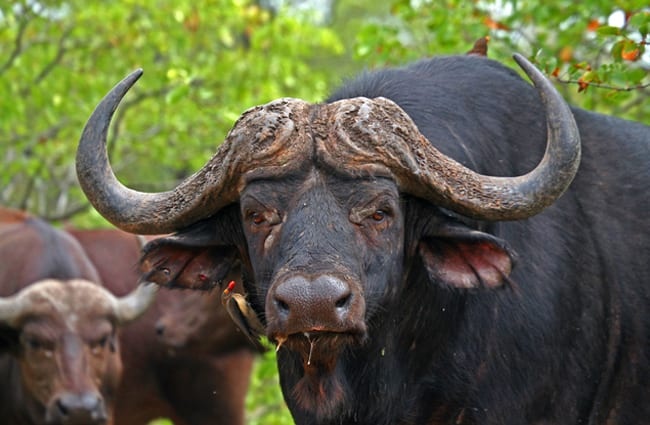
Buffalo truly are remarkable animals, playing a vital role in the ecosystems they inhabit and holding a special place in human culture. By understanding their biology, behavior, and conservation needs, we can ensure their survival for generations to come.

![Red Angus Closeup of a beautiful Red Angus cowPhoto by: U.S. Department of Agriculture [pubic domain]https://creativecommons.org/licenses/by/2.0/](https://animals.net/wp-content/uploads/2020/03/Red-Angus-4-238x178.jpg)

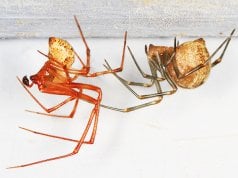


![Red Angus Closeup of a beautiful Red Angus cowPhoto by: U.S. Department of Agriculture [pubic domain]https://creativecommons.org/licenses/by/2.0/](https://animals.net/wp-content/uploads/2020/03/Red-Angus-4-100x75.jpg)

